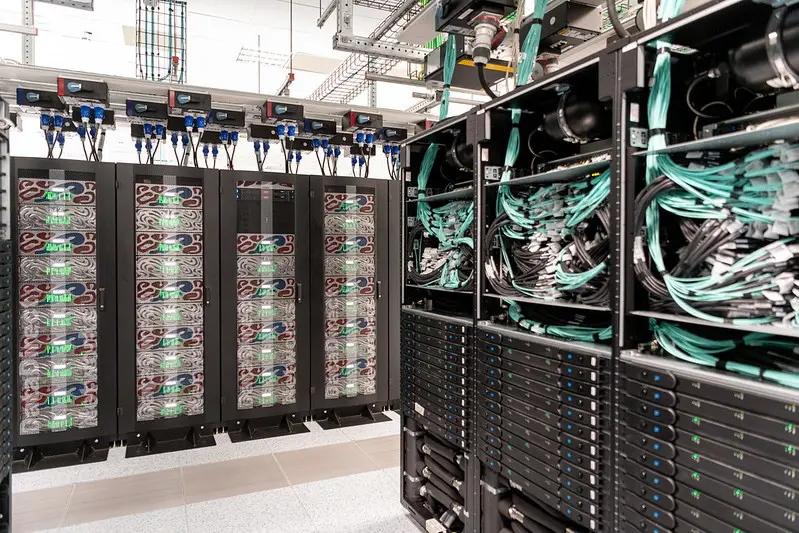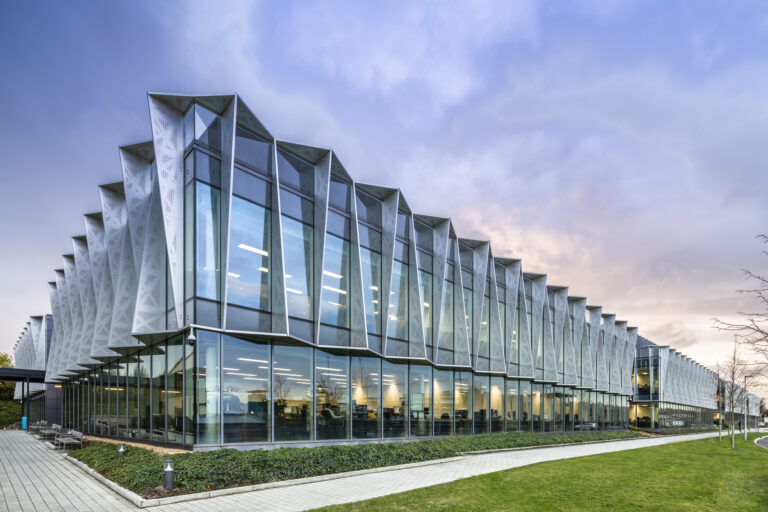“Media headlines describe the situation as explosive and out of control, causing countries to eventually run out of power,” Rocky Mountain Institute (RMI) reports. “However, data centres account for just 2% of global electricity demand today, and will account for approximately 10% of projected electricity demand growth between 2024 and 2030.”
The report’s authors say data centres won’t demand as much electricity as other industrial operations, electric vehicles, household appliances, and space cooling. However, they warn that utilities have an historical tendency to over-forecast, for example spending billions of dollars between 2006 and 2023 building 17% more power generating capacity than was needed.
Pressure on utilities makes them “more prone to hasty decisions like overbuilding new natural gas capacity,” the report says. In the United States, planned fossil gas plant capacity jumped about 20%, by 52 gigawatts, in the past year, which is “bad news for ratepayers” because it may leave ratepayers to foot the bill.
Data centres are climate-controlled facilities housing servers and other equipment used to provide digital services.
The Institute for Energy Economics and Financial Analysis (IEEFA) also reported in June that fossil fuel advocates may be overstating the case for new power plants to run data centres. CEOs of two of the largest independent power producers in the United States have warned investors against overbuilding.
IEEFA said James Burke, CEO of Vistra Energy, told investors at a first quarter earnings call that many of the country’s requests for power likely are “overstated anywhere from three to five times what might actually materialize, either in regulated markets or competitive markets,”
And Joseph Dominguez, CEO of Constellation Energy, told his own investors that “headlines are inflated,” IEEFA reported.
“If data centre demand is less than expected, ratepayers may still be saddled with paying for the new plants and be exposed to fuel price volatilities,” RMI cautions. “In some regions, utilities are also turning to coal lifetime extensions, which can also lead to higher electricity rates, since coal plants become more expensive to operate” as they age.
Yet “some estimate that speculative interconnection requests could be five to 10 times more than the actual number of data centres,” as developers “‘shop around’ for the fastest interconnection opportunities and cancel data centre projects in oversupply,” the report finds.
For whatever new demand actually materializes, RMI points to solar and onshore wind combined with battery storage as the cheapest, fastest options to get new generation online. Natural gas plants take three to four years, and turbine shortages may extend that timeline even longer.
Report co-author and RMI principal Laurens Speelman said on LinkedIn there are many ways to avoid panicked overbuilding of fossil infrastructure, while supporting the wider energy transition.
“We present a new view of data centres, one that not only considers them as a (future) burden on the grid that needs to be solved, but rather as an integrated part of the energy system with many, many solutions.”
Speelman wrote that utilities have successfully managed past load growth that was greater than what is expected over the next decade, and “this time, we have an even greater variety of technologies and policies available.”
RMI’s recommended solutions include improved energy efficiency of data centres, increased flexibility of energy supply, a more “modular” approach, and “right-sizing” to confirmed requirements rather than falling prey to hyped-up speculation.
Another report by London Economics International for the Southern Environmental Law Center, released in July, shows that projected data centre growth in the United States would also exceed the capacity of global chip manufacturers to supply the semiconductors the installations would need.
“This is further evidence that data centre developers are submitting more requests for service for new facilities in the United States than they plan to build,” the report concludes. “The uncertainty and upward bias in data centre electricity demand projections could become underutilized and lead to higher costs for other customers.”
One market insights and data firm said it had tracked 294 data centre projects globally, representing about 74 gigawatts of power demand. The projects would cost about $5.5 million per megawatt installed, and AI and hyperscalers could be up to six times more expensive to build.
It’s a “global arms race to build ever-larger, ever-hungrier data centres,” said CTVC in Sightline Climate. “It’s become one of the most complex, capital-intensive real estate and infrastructure bets today.”
The company said hyperscalers are “increasingly sited in population centres with aging, constrained grids” in order to be near existing infrastructure. But “data centres need to be scaled to meet the power, not the other way around.”
In March, a report by Harvard’s Environmental and Energy Law Program concluded that regulators face political pressure to approve major economic investments already touted by elected officials for their economic impacts. That reality, combined with a lack of transparency and other factors, may lead to overbuilds.
Working with Big Tech companies “is particularly challenging because utilities ask for confidential treatment of their contracts with data centres, which limits scrutiny of utilities’ proposed deals,” the report stated.
“Utilities make their profits by investing in capital infrastructure. So that’s like the transmission lines, distribution lines, like everything that we see, that’s how they make their profit,” Legal Fellow Eliza Martin, one of the Harvard authors, explained on an episode of the Clean Law podcast. “So they have an incentive to say there’s going to be a bunch of data centre growth and then go build the infrastructure that they think they need to meet that demand.”
Martin and co-author Ari Peskoe, director of Harvard’s Electricity Law Initiative, recommend better guidelines for reviewing special contracts with data centres, imposing “clean tariffs,” mandating competitive bidding to locate on pre-built energy parks, compelling disclosure of forecasting by utilities, and requiring data centres to commit to reducing system costs.
Source: The Energy Mix




